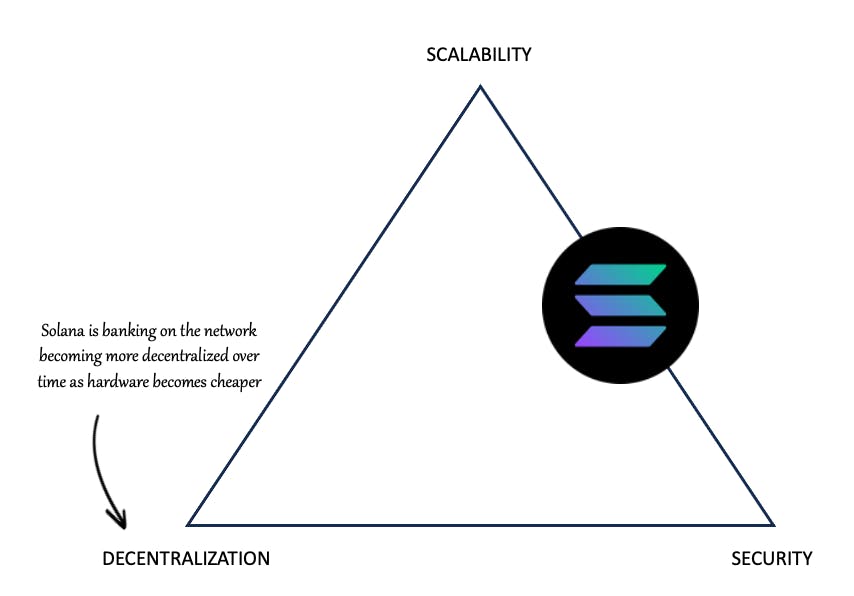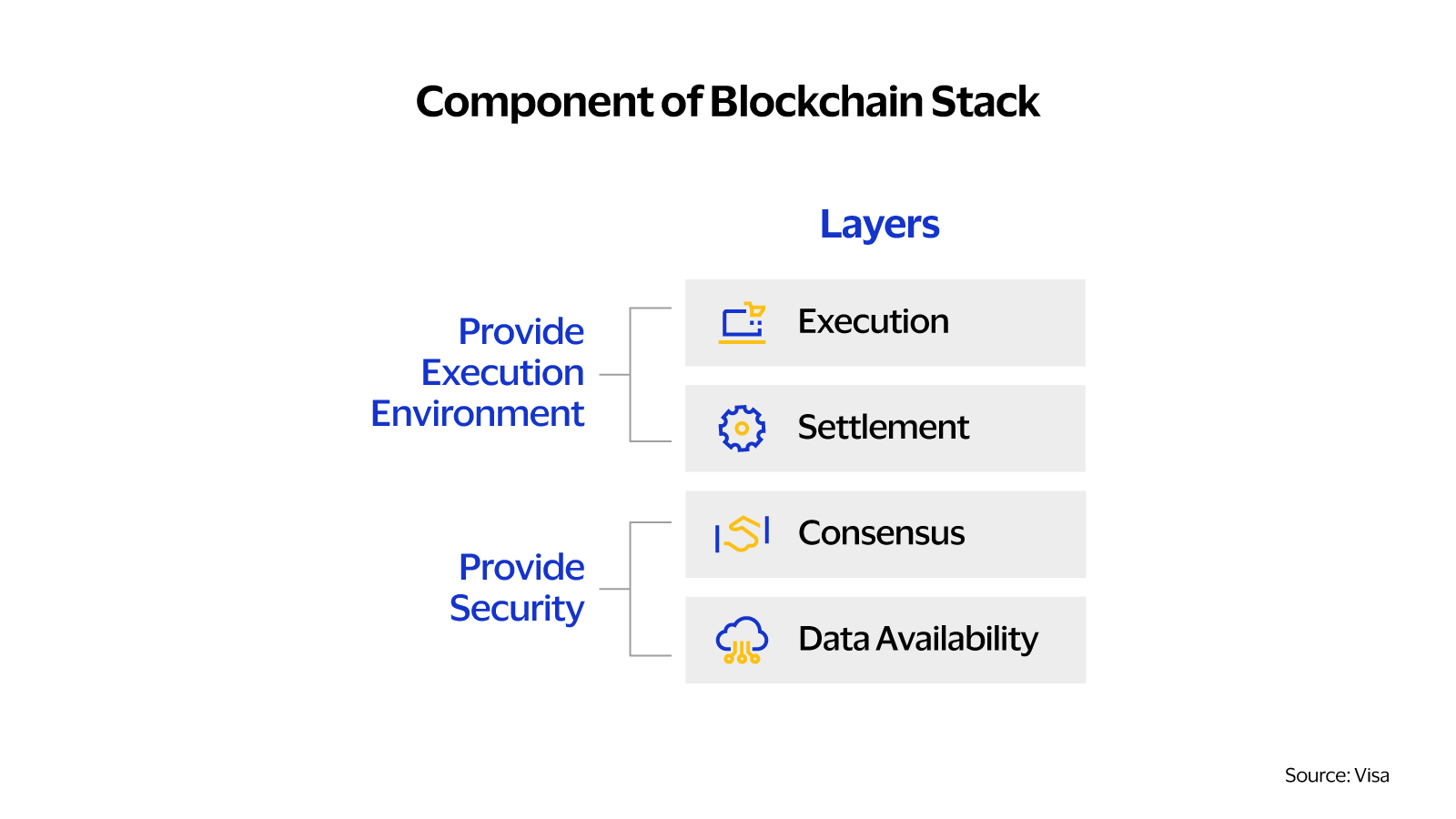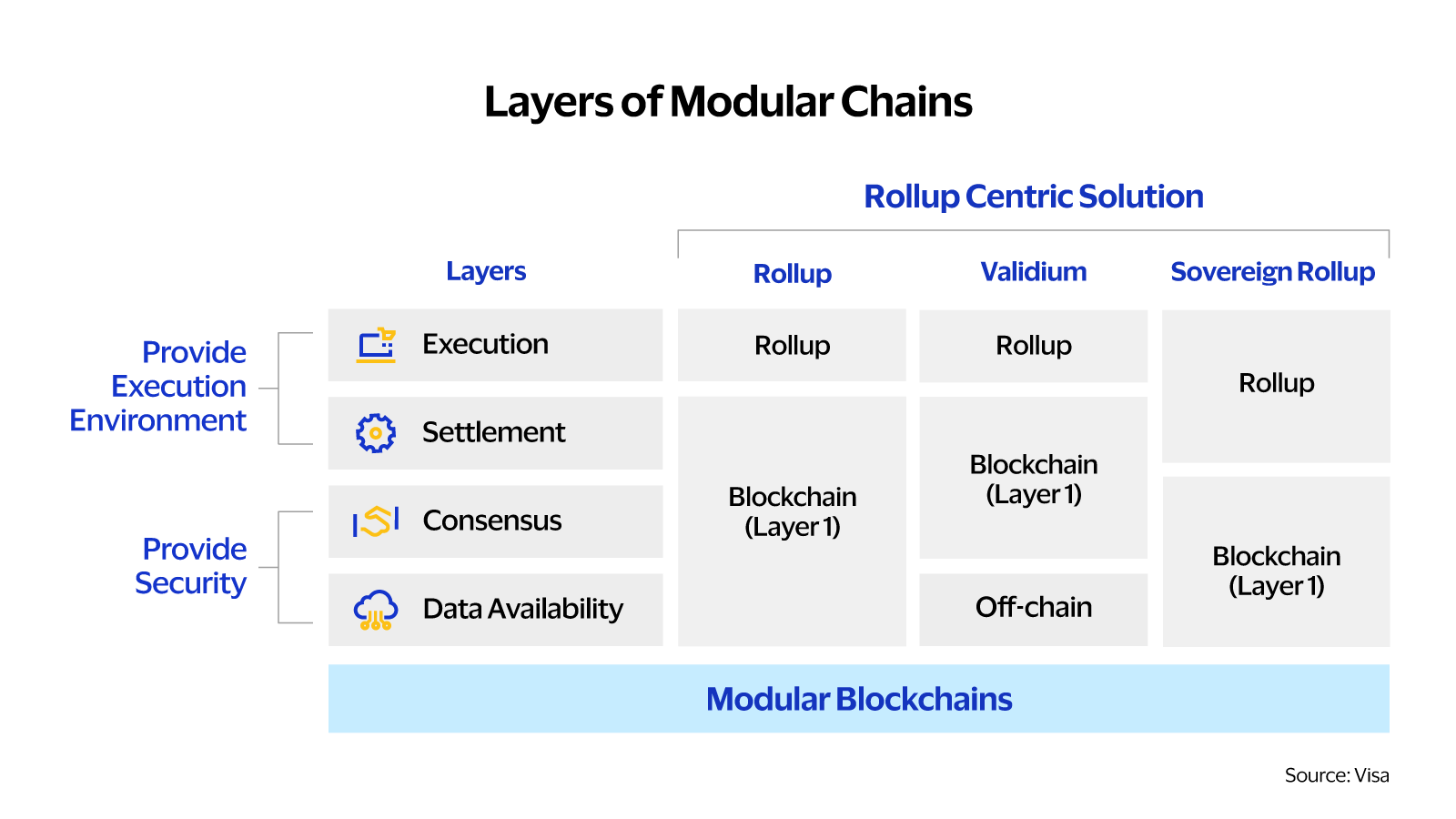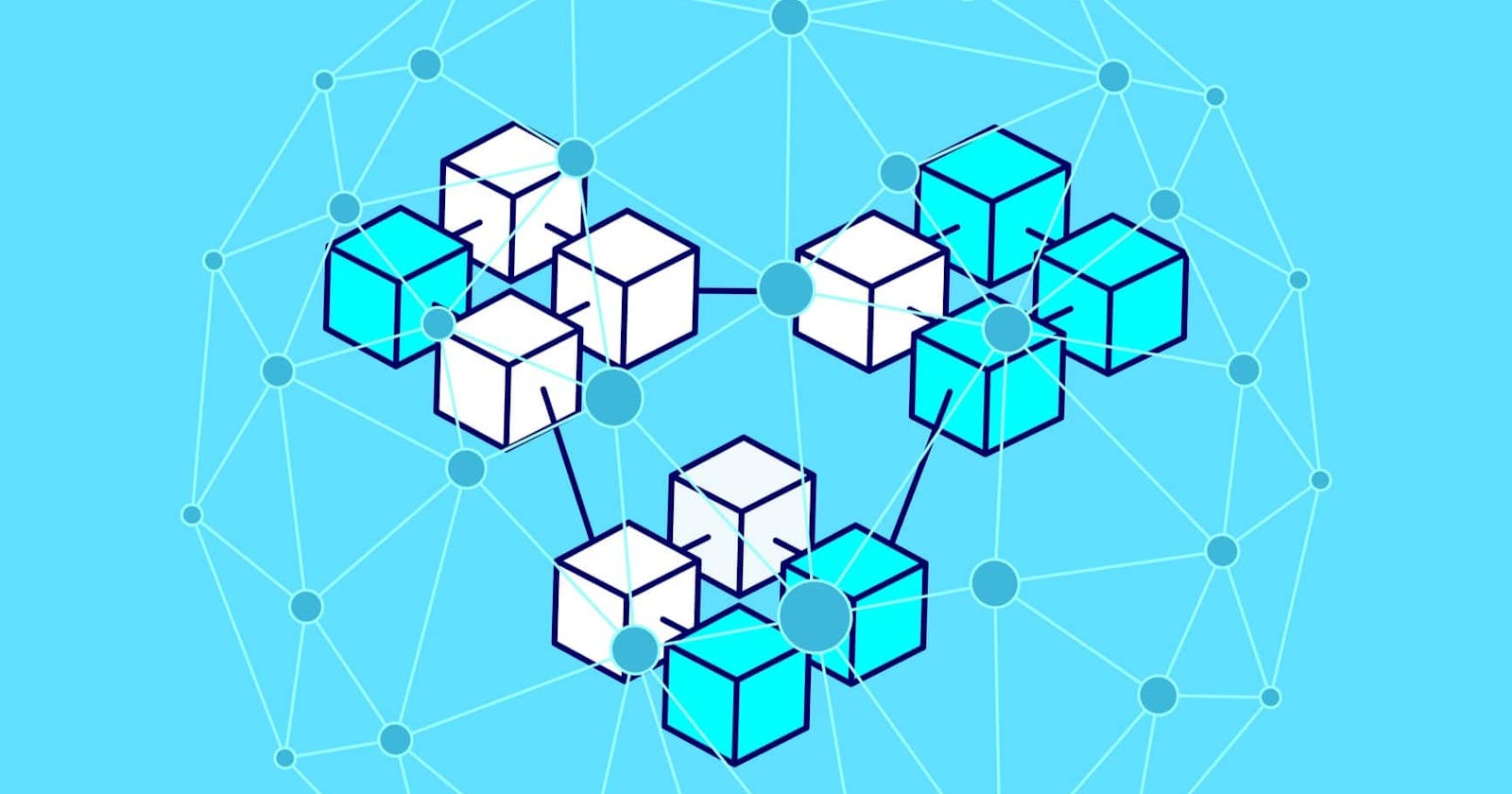TL;DR
Blockchains that are modular in nature consist of interconnected modules or components, each of which performs a distinct function.
Data synchronization between Layer 1 and Layer 2 smart contracts on blockchains is how this procedure is carried out. While relying on the base layer for other tasks like data availability, consensus, and settlement, rollups can serve as execution layers.
Developers can designate distinct layers for different kinds of blockchains in modular blockchains, but in monolithic ones—which we will talk about next—all layers combine to form a single, cohesive blockchain stack.
Introduction
Blockchain is a brand new system for storing information digitally. It's like a public record book that everyone can see and agree on, but no one person can control. This makes it very secure and transparent, which is perfect for businesses that need to track things like money or products. Many industries are already starting to use blockchain, such as banks, supply chains, and payment processors. It can make transactions faster, cheaper, and more reliable.
However, there are some challenges with blockchain technology. Different systems can be incompatible with each other, and it can be slow to process information. Developers are working on solutions to these problems, such as breaking down blockchain systems into smaller parts.
Overall, blockchain is a promising new technology with the potential to revolutionize many industries. As it continues to develop, it's important to understand the different design options and how they can impact businesses.
Let's Understand Blockchain Trilemma

Blockchain networks can be secure and decentralized, but that can make them slow. Or, they can be fast, but then they might not be very secure or open (controlled by a few powerful computers). It's a balancing act!
Secure and Decentralized: This is great for preventing cheating, but it can be slow. Think of it like a big group decision, which takes time.
Fast and Secure: This is ideal for handling lots of transactions quickly, but it might not be very open to everyone. Imagine a small, elite team making choices very fast.
Fast and Open: This sounds perfect, but it can be risky because communication delays create openings for attackers. Like a large, spread-out group trying to make decisions quickly, it's vulnerable.
There's no perfect solution yet, but people are working on ways to improve blockchain technology by making it more like building blocks that can be combined in different ways. As the technology is evolving, different layers of networks are emerging, and there is a movement toward modularizing the blockchain stack to overcome the blockchain trilemma.
4 Components Of Blockchain

We may divide the system's functions into four essential parts in relation to modularity in blockchains: execution, settlement, consensus, and data availability. Together, these components enable the blockchain to achieve its intended features, including decentralization, scalability, and security, and to guarantee that it operates as intended.
Execution: Blockchain nodes execute transactions during the execution phase in order to move a transaction from one state to another. Nodes engaged in consensus must carry out transactions using their copy of the blockchain prior to validating blocks. Users can interact with the blockchain through this layer by transferring assets, signing transactions, and carrying out smart contracts.
Settlement: Settlement is a crucial step in ensuring that no one may change recorded transactions by ensuring transaction immutability on the blockchain. In the blockchain's layers, settlement is frequently referred to as the "anchor" since it offers irreversibility or closure. The blockchain must validate transactions, verify evidence, and settle disputes in order to accomplish this.
Consensus: A mechanism that creates a common understanding about the legitimacy of transactions is called consensus. The consensus component works by using a network of complete nodes to download and run block content in order to establish an ordering and finality mechanism. These nodes work together to define the common state of the network at any one time by coming to an agreement on the validity of state transitions.
Data accessibility: The procedure that guarantees access to requested data within the blockchain is known as data availability. For network peers to download and store transaction data, block producers must publish it. This ensures that transaction data will always be available, which is necessary for the blockchain to operate properly.
Consider an example- William sends Ron an ERC-20 token. In this instance, the execution component is used to carry out the smart contract controlling the token's transfer. But the settlement part is just as significant because it gives Ron the guarantee of finality and immutability, proving the irreversibility of the transaction. When all nodes must concur on a transaction's legality and determine how it fits into other transactions that can have an impact on the payment result, the consensus component enters the picture. Lastly, the data availability component is in charge of keeping the transaction data after it is finished so that participants can subsequently compare it to previous records. This illustration works with any blockchain design. Developers can designate distinct layers for different kinds of blockchains in modular blockchains, but in monolithic ones—which we will talk about next—all layers combine to form a single, cohesive blockchain stack.
Now, What's Modular Blockchain?!
A cluster of closely linked chains operating on the same layer, or a single layer, handles all of the responsibilities in a monolithic blockchain. In a monolithic chain, nodes are in charge of carrying out consensus, guaranteeing data accessibility, and verifying transactions. Consequently, these nodes carry out all four of the primary blockchain tasks concurrently. For example- Bitcoin, Solana, Ethereum all are monolithic blockchains.
Blockchains that are modular in nature consist of interconnected modules or components, each of which performs a distinct function. This methodology improves flexibility and scalability while streamlining the development, testing, and maintenance of the system. Blockchains enable the optimization of each component by disentangling them, resulting in products where the whole value exceeds the sum of its parts. Just a few specific duties are managed by a modular blockchain; the remaining tasks are assigned to different layers.
This design is based on specialization, with each part performing well in a certain range of duties. In order to accomplish particular goals, developers might combine a broader "modular stack" of blockchains, of which modular blockchains are fundamental components. Developers can swap or combine these blockchains as "pluggable modules" based on the specific use case. Showcasing several implementation options, the few modular solutions listed below are the most extensively investigated and debated in the rollup-centric ecosystem.

The first widely used technique, called Rollups, is a novel strategy inside modular blockchains that prioritizes security and decentralization in order to increase the scalability of monolithic blockchains. Rollups function as an extension intended to boost throughput, and they are intimately linked to the parent chain. Proofs of fraud or legitimacy, a permissionless transaction insertion mechanism, and the capacity to publish the net results of their blocks onto a different blockchain—the parent chain—are all necessary for rollups. Data synchronization between Layer 1 and Layer 2 smart contracts on blockchains is how this procedure is carried out. While relying on the base layer for other tasks like data availability, consensus, and settlement, rollups can serve as execution layers.
The second approach, called Validium, is a unique rollup variation that handles transactions off-chain before sending them to the parent chain with a validity proof. Although there are trade-offs associated with off-chain data availability, as its goal is to maximise data availability using an off-chain data availability layer—a novel strategy inside modular blockchains—it can result in notable scaling gains. To store off-chain data outside of the parent chain, a Validium chain uses a committee dedicated to data availability or a network of proof-of-stake validators known as a "data availability network."
The third approach, called Sovereign Rollups, functions differently from conventional rollups since it adds blocks to the canonical chain and validates them without the help of Layer 1 smart contracts. Rather, blocks are broadcast as raw data straight onto the rollup, and nodes inside the rollup verify the local fork decision rule to determine which chain is correct. Settlement authority is transferred from Layer 1 to the rollup itself by sovereign rollups. Because sovereign rollups settle on distinct settlement chains, i.e., themselves, one of their limitations is that they cannot facilitate synchronous cross-rollup communication. Examples of blockchains that use sovereign rollups are Celestia and other blockchains.
Summary
The article discusses blockchain technology and introduces a new concept called modular blockchain. Blockchains are secure systems for storing information. They can be slow and incompatible with each other, but developers are working on solutions. One challenge is the blockchain trilemma: blockchains can be secure and decentralized (slow), fast and secure (not open to everyone), or fast and open (risky). Modular blockchains are a new way to design blockchains. They break down the blockchain into four parts: execution, settlement, consensus, and data availability. Each part can be optimized for a specific purpose.
This allows developers to create more flexible and scalable blockchains. Modular blockchains are made up of interconnected modules, each with a specific function. This is different from monolithic blockchains, where all the functions are combined into a single layer.
The article also discusses two examples of modular blockchains: rollups and Validium. Rollups are a way to scale blockchains by moving some of the work off-chain. Validium is a type of rollup that uses an off-chain data availability layer.
